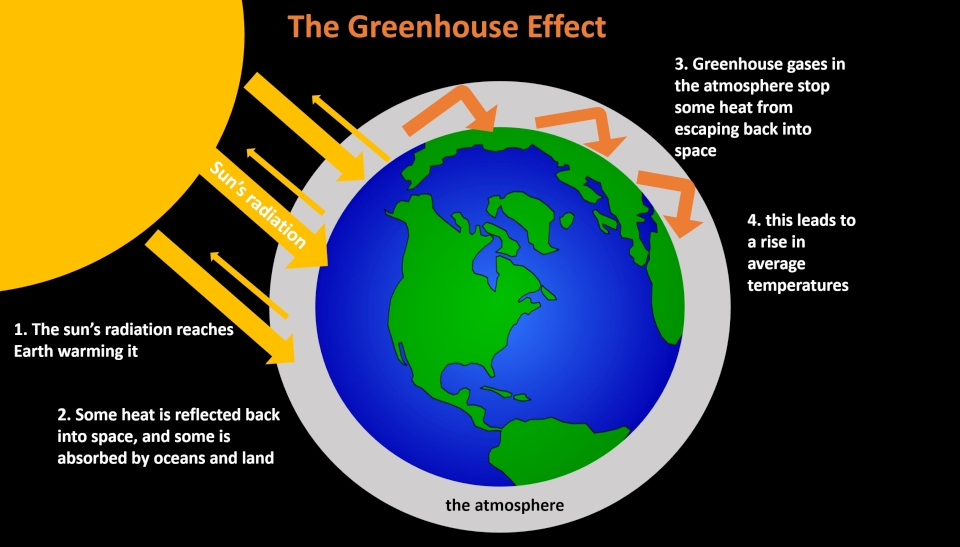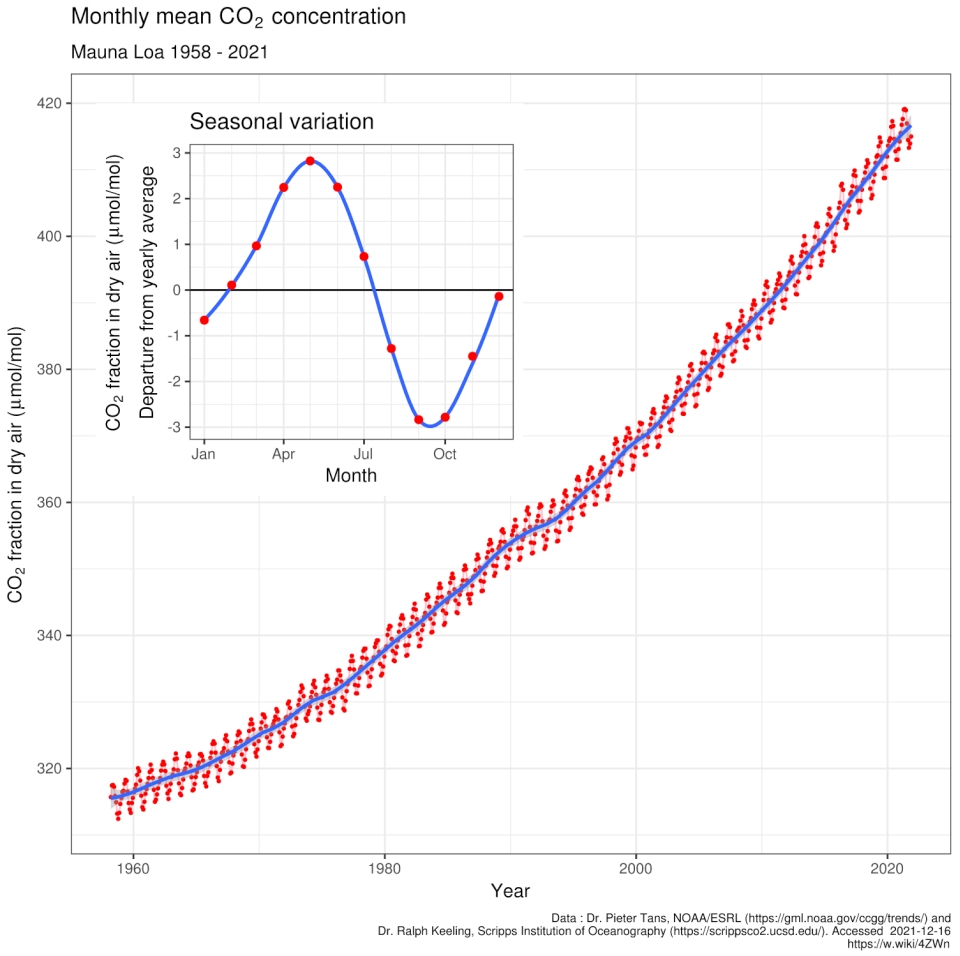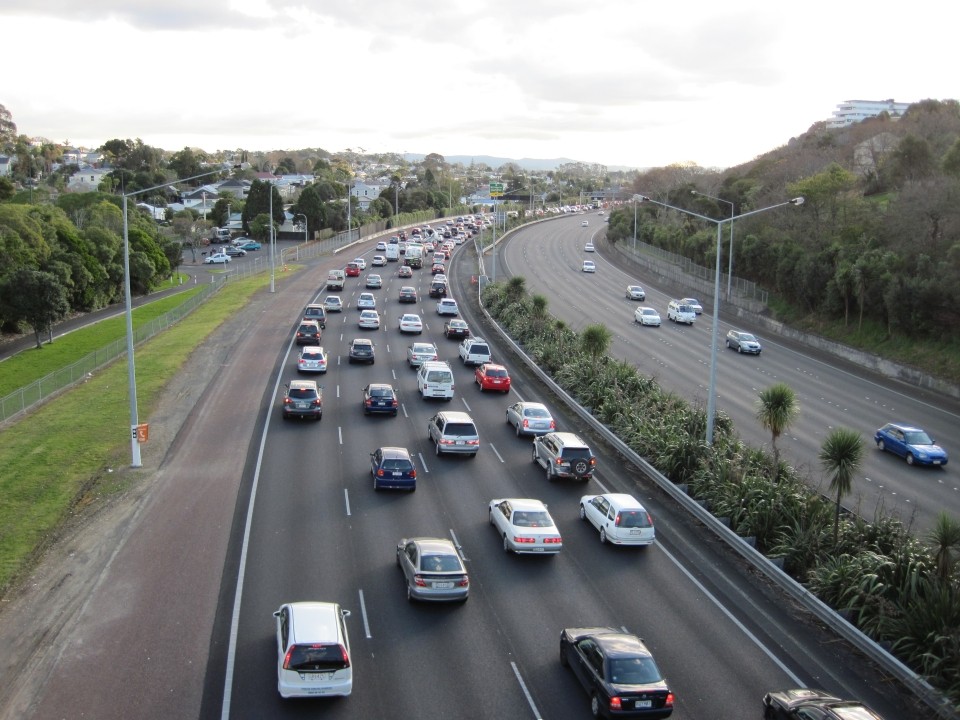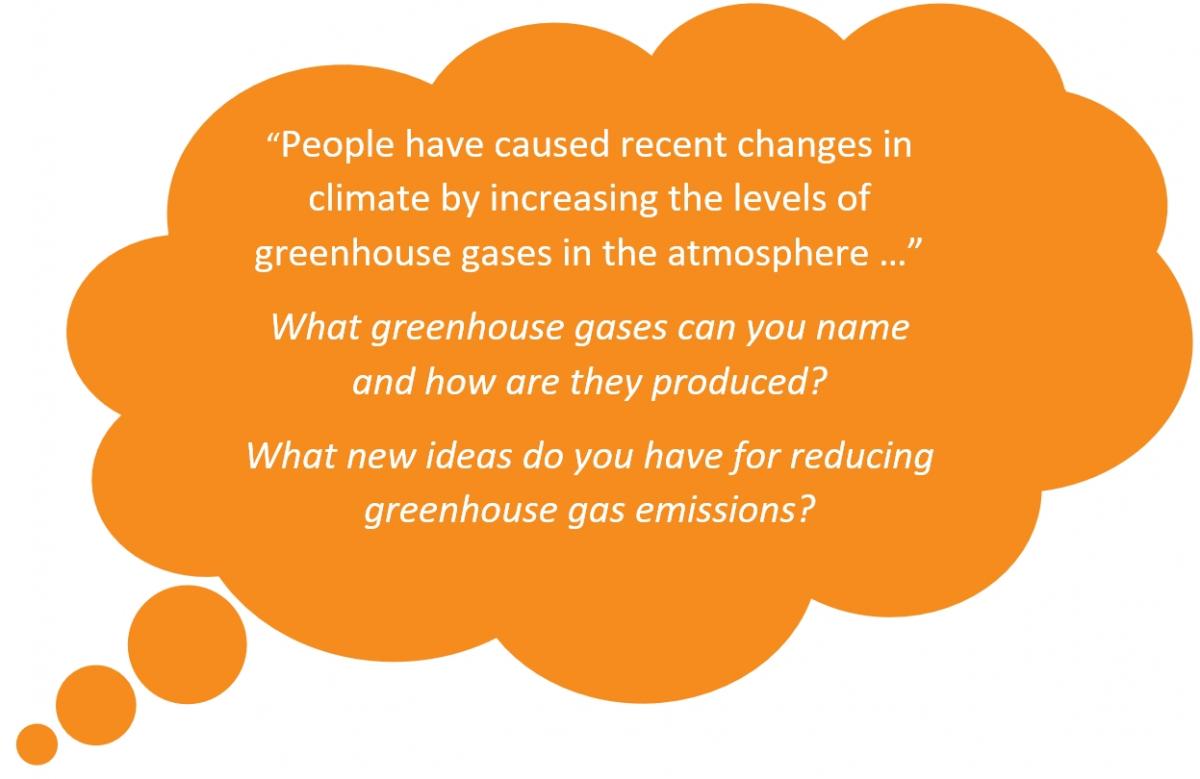You can contact LEARNZ, part of CORE Education, at:
Postal Address:
PO Box 13 678,
Christchurch 8141,
New Zealand

Climate change occurs when changes in the Earth's climate system cause new weather patterns that remain in place for decades.
Climate can change naturally because of changes in:
Our climate system receives energy from the sun. This energy spreads around the world through winds and ocean currents. Over many years, scientists and tohunga have learnt a lot about Earth’s climate system. We know the climate is changing, and Earth’s temperature is currently warming much faster than we’ve experienced before.
Climate change is a change in the average climate conditions that we experience, such as temperature and rainfall, over a long period of time. While the earth’s climate has varied naturally over millions of years, recent, dramatic changes in the earth's climate can be linked to human activities, like burning fossil fuels, which emit greenhouse gases into Earth’s atmosphere.
Greenhouse gases act like a big blanket around the planet, trapping heat within our atmosphere. This effect is sometimes called the 'greenhouse effect'. Greenhouse gases are important because they keep the earth at temperatures so that life can exist. Without greenhouse gases the earth would be very, very cold (about 30°C colder).
The problem is that these greenhouse gases are increasing. As their levels increase, Earth’s temperature continues to rise, causing changes in rainfall, weather patterns, and the frequency of extreme events, melting ice and raising sea levels. This results in a range of effects we experience in our natural environment and the areas we live in.
Greenhouse gases are those that help cause the 'greenhouse effect'. Greenhouse gases include:
In some ways, warmer temperatures could be appealing, but the range of impacts linked with climate change vary widely across Aotearoa and around the world. Even with a rise of just 1.5 to 2°C in temperature we can expect more frequent severe weather events that disrupt daily life and business, higher sea levels, as well as the permanent loss of some natural habitats, affecting mahinga kai and kaimoana.
One of the greenhouse gases, carbon dioxide, has been increasing rapidly since the beginning of the industrial revolution (1750) when people started burning greater amounts of fossil fuels (such as coal and oil).
Before 1750 (the start of the industrial revolution) the concentration of CO2 in the atmosphere was about 270 parts per million (ppm). The concentration has increased to nearly 400 ppm in 2012. The graph below is sometimes called the Keeling Curve after Charles David Keeling who was the first person to measure this increase.

Aotearoa makes a small contribution to global greenhouse gas emissions, but we have one of the highest per-person rates in the world.

About half of our emissions come from livestock and 20% road transport.
 In 2015, New Zealand emitted 17.5 tonnes of carbon dioxide equivalent greenhouse gases per person which is very high compared to other countries.
In 2015, New Zealand emitted 17.5 tonnes of carbon dioxide equivalent greenhouse gases per person which is very high compared to other countries.
Road vehicles are the source of about 20% of our CO2 emissions. New Zealand has the highest rate of car ownership in the OECD, and the cars are old compared to other countries.
Complete the What is Climate Change quiz
> Discover more about climate change in Aotearoa